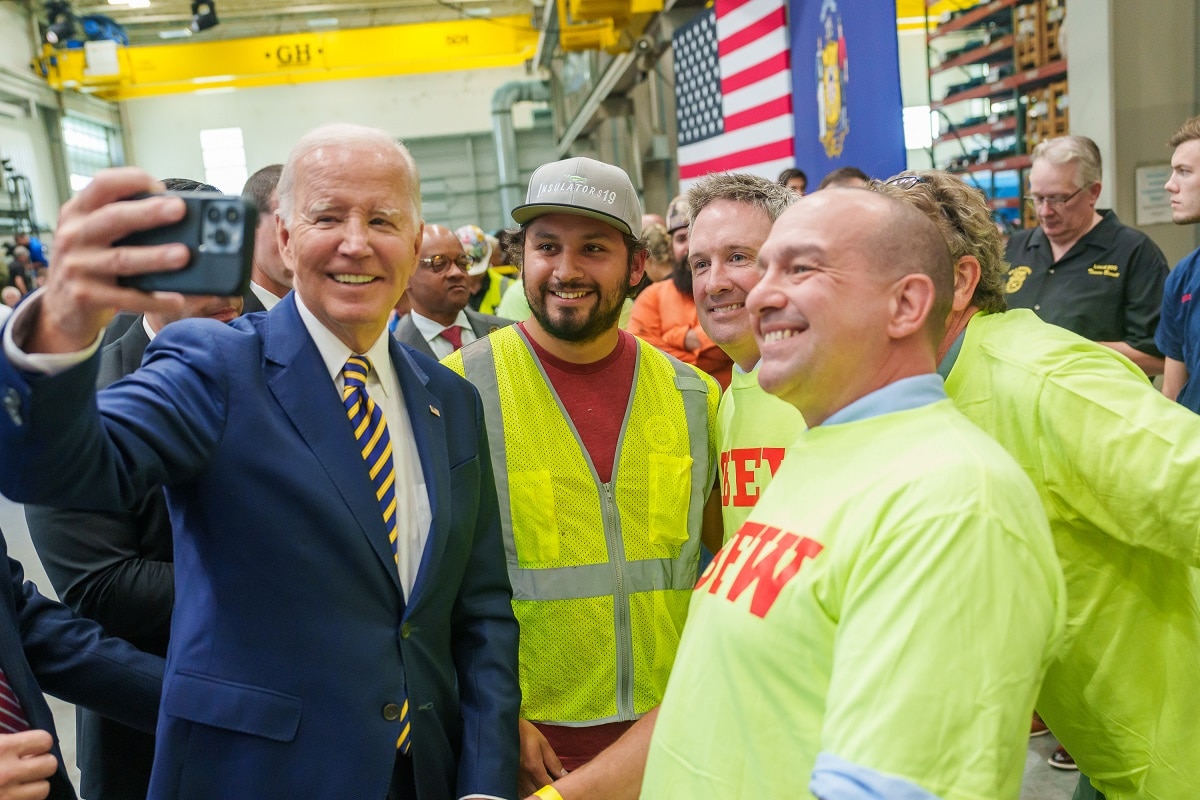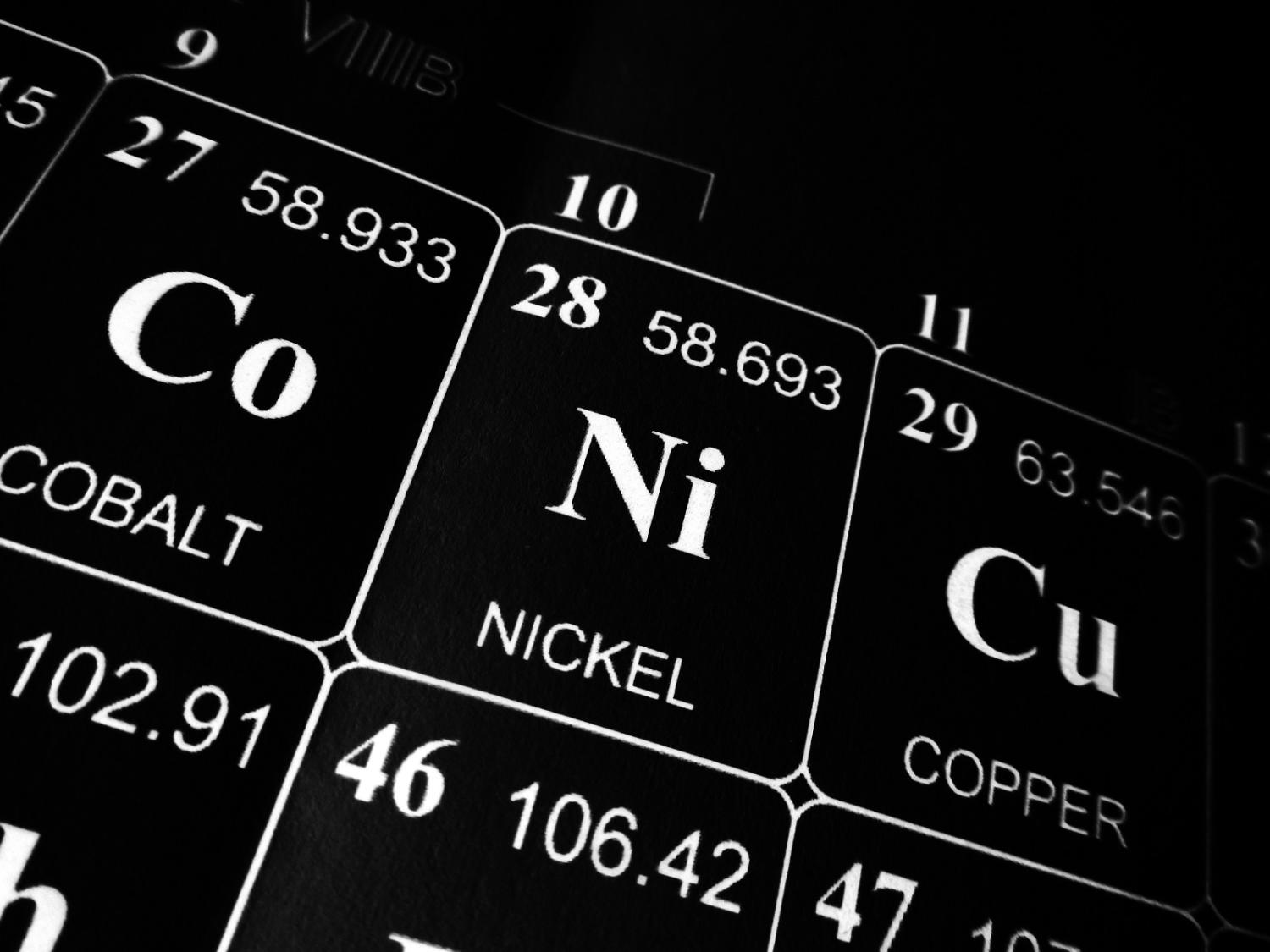Last month, JPMorgan Chase CEO Jamie Dimon stated geopolitics is now the biggest global risk to the economy. Australian business leaders on the receiving end of Chinese economic coercion could have sent that memo to Wall Street two years ago. So could many of the world’s governments who have been busily implementing economic policy for a geopolitical world. From war in Ukraine and exploitation of energy, to economic coercion and weaponisation of wine, we are living through a geopolitical transition to a new world economy.
Our new geoeconomic order pirouettes to a different melody than the rules-based era of globalisation, challenging traditional Australian trade policy settings, which while moving in the right direction have further to go. Power politics through economic means is the order of the day, with consequences for industries Australia has historically competed in with a straight economic hand of comparative advantage. Yet those claiming Australia’s comparative advantages will continue to serve the nation well, have failed to understand the depth of the geoeconomic transition underway, backed by hard coin and clear policy settings.
Likewise, the argument that Canberra must take a non-discrimination approach to Chinese investment in critical minerals fails to read the economic de-risking tea leaves, where discrimination is inescapably a tool of diversification.
Consider the critical minerals sector, which is viewed as crucial to Australia’s future. The US’ $500 billion Inflation Reduction Act (IRA) is already driving massive investment diversion in electric vehicle supply chains through a mix of consumer subsidies, investment incentives and local content sourcing rules for critical minerals used in car production.
The IRA will not only drive growth in North American-based EV supply chains, but its investment incentives will act as a vast black hole sucking global capital from other destinations operating on purely comparative advantage terms, including Australia. Critics claim the IRA is classic economic protectionism, but this misunderstands the realities of the times. The IRA is not protectionism, it’s protection, counteracting Chinese dominance over supply of critical minerals – dominance Beijing ensured through its own industrial policies.

The EU’s Critical Raw Materials Regulation has a similar goal to the IRA and uses similar tools, namely de-risking Chinese-dominated supply chains for EV batteries and related inputs. The Regulation requires that by 2030, EU operations will cover at least 10% of the EU's annual consumption for extraction and at least 40% of EU annual consumption for processing, and that no more than 65% of the Union's annual consumption of strategic raw materials at any relevant stage of processing can come from a single third country.
Japan is also getting on the critical minerals geoeconomic turn, offering funding for new mine and smelting developments, and signing the US–Japan Critical Minerals Agreement aimed at de-risking global critical mineral supply chains.
What are the implications for Australia of these radical policy measures? First, Canberra must fully appreciate the fundamental shift taking place. The geopolitical transition underway is creating a two-level world economy: a standard economy with normal market access and a de-risked economy with restricted access for actors of concern.
We can see both levels at work in the policy structure of Washington’s IRA and the EU’s Critical Raw Minerals Regulation. By 2027, the IRA will still allow North American manufacturers to source 20% of critical minerals from China, while EU manufacturers will be allowed up to 65%. For the remaining portions of supply, Chinese output will be restricted in favour of a mix of local and “safe” international sources.
In combination, these policy measures show a picture of an emergent geoeconomic world economy for critical minerals, which mirrors similar developments in semiconductors. The unabashed goal is China-diversification, creating a challenge for Australian policy settings developed to operate in a liberal rules-based world order. The critical minerals sector of the coming decades will not be defined by comparative advantage alone, but also by competitive advantage delivered through policy settings and hard cash on the table.
Australia already holds a strong comparative advantage hand but must now develop a competitive advantage strategy as part of national geoeconomic policy. In critical minerals, this will require de-risking some of Australia’s domestic sector from excessive Chinese investment, while acknowledging full decoupling is unlikely if currently impossible. De-risking policy insures against excessive Chinese investment that will run counter to the strategies of Australia’s key partners, and to the Minerals Security Partnership that Canberra has signed up to. Excessive Chinese investment will likely reduce capital inflows from other destinations, and risk falling afoul of the trend towards stricter de-risking policies in the future.
Likewise, a failure to stump up some serious funding will be a major policy error that leaves Australia a poor second-best option compared to other destinations competing for capital. Hence the government should implement a proposed ten-year A$100 billion Australian Renewable Industry Package for supporting domestic critical mineral investment and upgrading to mineral processing. The elephants of the world economy are now playing a full-fledged geoeconomic game in a two-level world economy; Australia must play a similar game or risk being side-lined.

